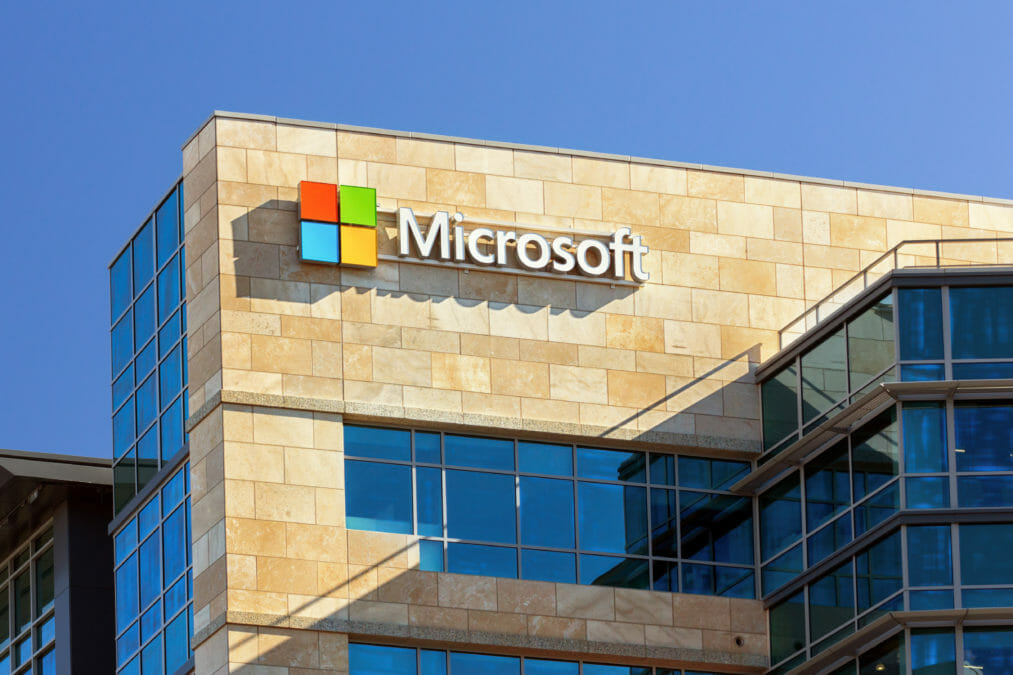Microsoft have announced it’s plans to be carbon negative by 2030.
Executives from the internet giant, including Microsoft CEO Satya Nadella, president Brad Smith, chief financial officer Amy Hood and chief environmental Officer Lucas Joppa revealed the news in Redmond, USA, during a live streamed event.
“While it is imperative that we continue to avoid emissions, and these investments remain important, we see an acute need to begin removing carbon from the atmosphere,” said Smith. “While the world will need to reach net zero, those of us who can afford to move faster and go further should do so.”
They unveiled a new plan to reduce the company’s carbon footprint, help customers reduce theirs, accelerate innovation with new investments and global policy advocacy.
Building to last: the industrial internet of things and sustainability
1. Microsoft is taking responsibility for its own carbon footprint
By 2030, across the entire business, including the supply chain, Microsoft will reduce its emissions by more than half and remove more carbon than it emits annually as a company, resulting in a carbon impact that is below net zero.
2. It will go further
Microsoft will then go further with the goal of removing from the environment by 2050 all the carbon the company has emitted either directly or via electricity consumption since it was founded in 1975.
3. Investment
Microsoft is investing in better carbon removal and reduction technologies. The company is launching a $1 billion climate innovation fund using its own capital to accelerate the development of sustainability solutions, including carbon reduction and removal technologies that will help us and the world become carbon negative.
4. Internal carbon fee
In July 2020, Microsoft will begin expanding its current internal carbon fee to cover its scope 3 emissions, the indirect emissions of activities like the production of the goods purchased and waste.
5. The supply chain
Microsoft said it will empower suppliers and customers around the world. The company will develop and deploy technology to help its suppliers and customers around the world reduce their carbon footprints as well.
6. Advocacy for greater transparency
The penultimate stage of the plan focuses on advocacy for greater transparency. Microsoft will support strong industry-wide standards for transparency and reporting on carbon emissions and removal, and it will apply these in a new, annual environmental sustainability report.
7. Public initiatives
Finally, Microsoft will use its voice to support new public policy initiatives to accelerate carbon reduction and removal opportunities.
“The significance and complexity of the task ahead is incredible and will require contributions from every person and organisation on the planet,” Smith continued. “That’s why we are committed to continuing to work with all our customers, including those in the oil and gas business, to help them meet today’s business demands while innovating together to achieve the business needs of a net zero carbon future.”
Tech for good: sustainability at the heart of new land-based salmon farming initiative
How realistic is the pledge? Is it achievable?
Mathias Lelievre, CEO at sustainability consultant, ENGIE Impact, examines if this seven step plan is from Microsoft is viable.
He said: “Microsoft’s carbon negative strategy, as well as a similar recent announcement late last year from Ikea, demonstrates the continuing trend of large corporations seeking to make a step change impact on climate.
“Companies are increasingly embracing the notion of sustainability transformation, but the challenge of achieving carbon reduction targets is highly complex — that’s why according to ENGIE Impact analysis, only 25% of companies are on pace to achieve their commitments.
“With a carbon negative strategy, even more radical sustainability transformation is required that touches every part of companies’ business and ecosystem. For example, Microsoft is investing $1 billion to fund research and development to bring new technologies to the market, while Ikea and others are helping facilitate the consumer adoption of green power through its value chain.
“While still wildly important, these types of activities expand well beyond making buildings more efficient, setting targets for suppliers and procuring renewable energy for company operations.”










